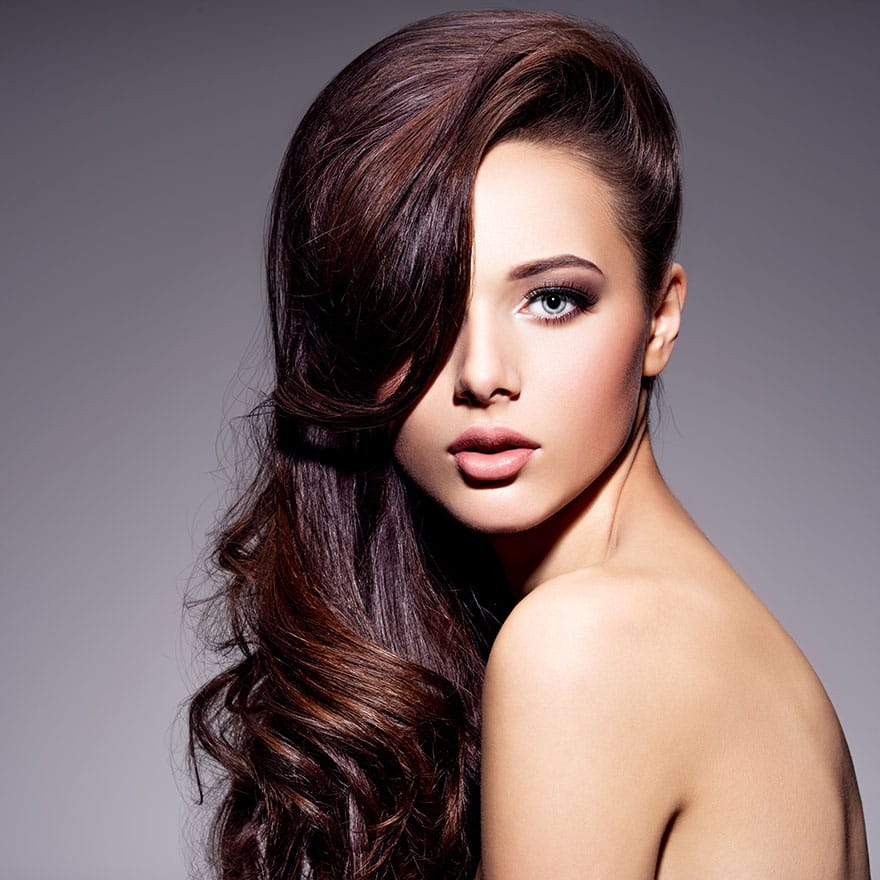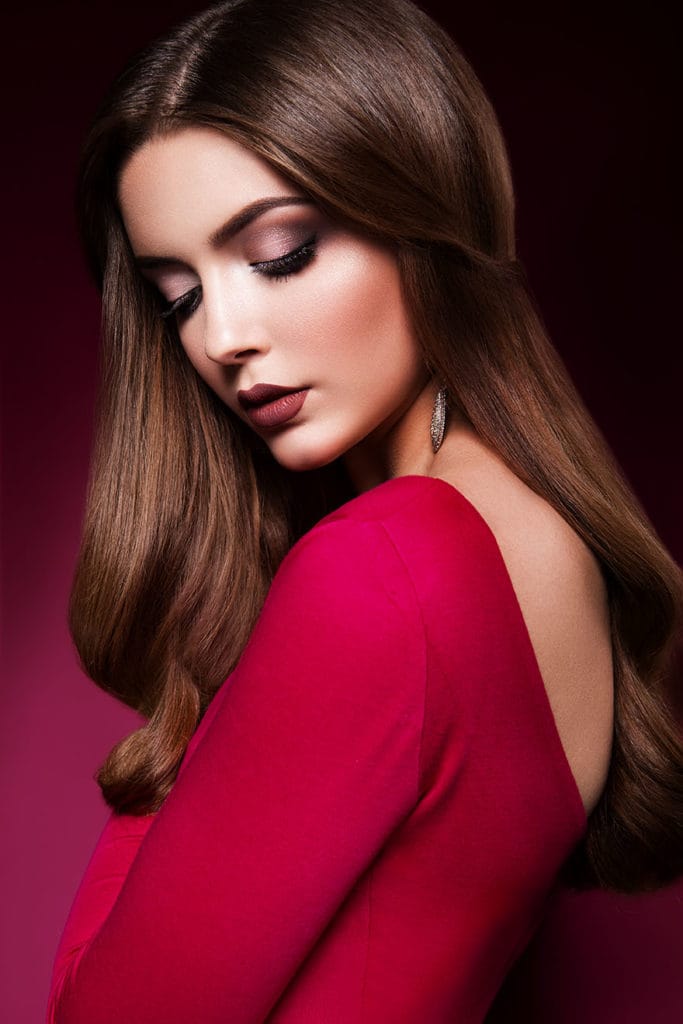You tend to use a lot of hair products on a daily basis, whether it be shampoo, conditioner, leave-in conditioner, hair spray, hair oils, treatments, etc. But how can you know what products and DIY natural items are best for you if you don’t know your hair type? Or how would you know if the straightening treatment from Brazilian blowout salon will be best for you? Here is how to determine which type of hair you have. Let’s begin!
Hair Thickness
First of all, your hair thickness matters a lot in determining your hair type. If you have thick and unruly hair, then you need something to tame it down. If you have thin and sparse hair, your hair will be extremely sensitive to breaking. This can also be determined by taking your hair in your finger and examining one hair strand. If you have very thick hair, you can feel the strand’s thickness in your hair. If you have thin hair, you will not be able to feel the strand in your fingers at all. This is also known as hair diameter.
Hair Length
Next important thing to consider is the length of your hair. Believe it or not, the length of your hair is super important to determine what products you use in your hair. It also determines the quantity of product you need in your hair to maximize the benefits of said hair products. This can be very easy to determine.
If your hair goes above your shoulders, then you have short hair, if it goes mid back, then you have medium hair, and if your hair reaches all the way down to the small of your back or waist, then you have long hair.
Hair Texture
The hair texture can be determined when you let your hair air dry. If your hair dries straight, then you have super straight and silky hair. If your hair dries and leaves a slight wave to it, then you have natural and bouncy wavy hair. If your hair dries and clumps up in a curly mess, then you have extremely curly and coily hair.
Hair Porosity
Hair porosity is also a very important factor to determine your hair type. If you put a hair strand in a bowl of water, it will either sink in the water or it will stay afloat. The hair that sinks in the water is highly porous, which means that it can be damaged and you shouldn’t use any harsh chemicals in your hair. The hair that stays afloat means that your hair is not porous at all.
The biggest problem with this hair type is that products you apply in your hair don’t get absorbed by the hair and the buildup settles in your scalp.
Hair Density
Hair density is how much hair you have on your scalp. You can determine your hair density by splitting your hair to make the hairline visible. Next you need to evaluate how clearly you can see your scalp underneath your hair. If you have less dense hair, then you can easily see your scalp from the parted hair.
If you are having a hard time seeing your scalp through your hair, then you have more dense hair. You might think highly thick hair is more dense but it doesn’t work like that. You can have thick hair and less density. Hair density and hair thickness are not directly related to each other so if you are using hair extensions, get advice from an expert.
Moisture In Your Scalp
The best way to determine the condition of your scalp is to examine it after the day you wash your hair. If your hair looks flat and the scalp feels oily, then you have an oily scalp, it means there is a lot of sebum on your scalp. If you see dryness around your scalp and experience dandruff then you have a dry scalp which needs to be moisturized to retain the moisture and increase strength.
Knowing your hair type will make things so much easier for you, when you are buying products for your hair or going to a Japanese hair straightening salon Potomac. Researching what you should use for your hair becomes difficult if you don’t know your hair type.


